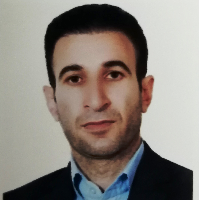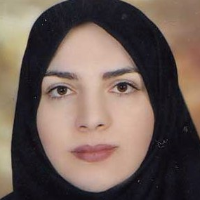The Analysis of Tourist Attractions Impact on Investment Priorities and Regional Development in Lorestan Province
In several recent decades, many sociologists and planners were interested in regional development process. Therefore, they intended to decrease challenges of regional development and diversify economic, socio cultural and environmental activities in different areas. The aim of this study is to investigate the effects of tourism and the priorities of the approved areas in the Lorestan province to the investors so that they can provide a better condition to mobilize the local economy and better planning for the development of tourism in the province. The present study is an applied research, and a descriptive- analytical method is used for sample analyzing, and data collection is conducted through library and field (questionnaires, observation and interview) methods. This research contains two statistical population including Cultural Heritage Handicraft and Tourism Organization that from total of 58 people only 35 percent tend to respond so that they assumed as the statistical population. Descriptive statistics (mean, standard deviation and variance) and analytical (single sample t-test, correlation and analysis of variance) techniques were used to analyze the impacts of tourism and the technique for Order of Preference by Similarity to Ideal Solution (TOPSIS) was carried out to prioritize each of the areas approved by the cultural heritage handicraft and tourism organization of Lorestan province. The results of one-sample t-test showed that the average for all aspects evaluated higher than optimum condition except investment and participation indices, and its difference was quite significant for all indices. The results of the Pearson correlation coefficient showed that there is a significant positive correlation between tourism and regional development. Therefore, the level of significance of the effects can be explained at 0.95 percent. The results of path analysis showed that the economic aspects have the highest effects (0.529), and the least effect on regional development was related to environmental dimensions (0.287). Furthermore, the model (TOPSIS) represented a large difference in the enjoyment level of proposed sample areas. So, the areas Moorzarin and Falak-ol-aflak Castle with 0.69 and 0.64 had the most enjoyment level, and the areas Makhmalkooh and Kamalvand showed the least coefficient values (0.03 and 0.04), respectively among the tourist sample areas of the province.
- حق عضویت دریافتی صرف حمایت از نشریات عضو و نگهداری، تکمیل و توسعه مگیران میشود.
- پرداخت حق اشتراک و دانلود مقالات اجازه بازنشر آن در سایر رسانههای چاپی و دیجیتال را به کاربر نمیدهد.




